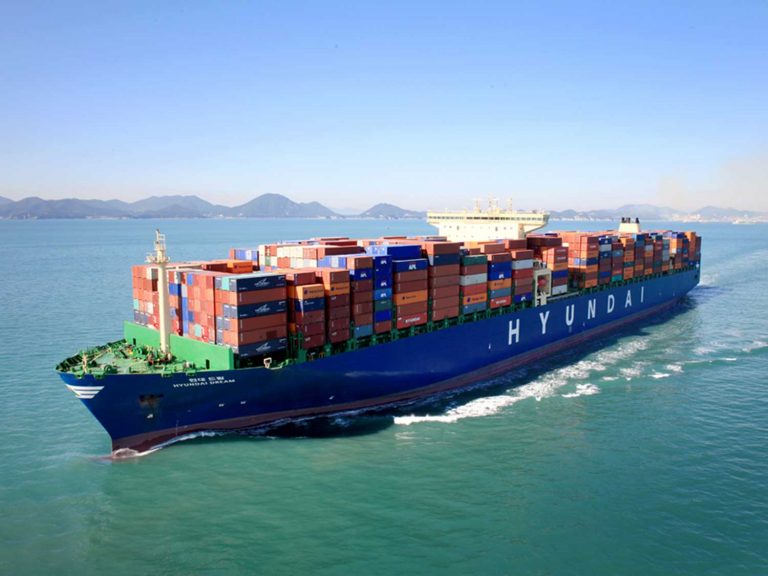
Date:
Ocean Container Carriers supply & demand gamble
Global lockdowns continue to drive consumer demand for goods, keeping ships full, sea freight rates high and leading shipping lines to take ever more desperate measures to increase their capability to take revenue opportunities. But, have they got their calculations right, or will their drive to add capacity lead to oversupply and rate softening.
With many services unavailable to consumers over the last year of the pandemic, the demand for goods has soared, as consumers sought retail gratification and had surplus disposable income. The resulting spikes in freight demand, at a time of supply disruptions in container shipping, has led to market dynamics sharply increasing container freight prices.
Looking ahead, economists expect the vaccine rollout and subsequent lockdown easing to spur global economic growth this year and next of 6.5% and 5.2%, as pent-up savings unleash further consumer demand.
Economists are also contemplating the inverse to what happened in the pandemic-induced slump, with services and leisure orientated sectors (pubs, restaurants, gyms, theatres, holidays and so on) outperforming demand for goods, which could mean that global trade volumes may surge less strongly than would normally be expected with such impressive GDP growth figures.
That, coupled with an end to container equipment shortages, port congestion and supply disruptions should, through the laws of economics, see freight rates soften, BUT, not all savings will be spent on services so demand for freight could stay at higher levels.
Judging by activity in the charter market (this activity is where the actual carriers lease ships for an agreed period from vessel owners and operate under their own brand), it is very apparent that the container shipping lines are confident that despite any rise in services spending, freight rates will remain high, as they sign contracts to charter ships for lengthy periods – typically three to five years – at hire rate levels not seen since 2005.
An indication of just how buoyant the charter markets are – and how confident the lines are – market analysts have highlighted how one of the world’s biggest carriers has chartered three 4,600 teu panamax vessels, at a level equal to seven times what the owners were achieving on the charter market just five years ago.
A London broker told The Loadstar that the containership charter market had gone “crazy”. “It’s just gone bananas,” he said, “we have carrier brokers offering to outbid any other offer to get their hands on a ship and prepared to fix for three years or more at these rates.”
“Owners prefer to fix with the top lines like Maersk, MSC and CMA CGM etc and they will get the nod ahead of the smaller guys, but they are not prepared to give them much preferential treatment on the rates and terms.”
Having held back from new vessel orders, in earlier years, the lines have all but exhausted the charter market, leaving some to look at purchasing in the feeder sector, but, new vessels are also coming on stream and with 3 million TEU on the order book, have the lines miscalculated and returned to overcapacity.
Only time will tell but it is expected that, despite the huge profit and EBITDA announcements, the carriers will have done their homework and based all decisions on strategic basis. The fallout of the pandemic continues and it is expected that further challenges and chaos will stay in on the horizon throughout 2021.
We will review new-build activity and its likely impact on capacity and pricing in more detail next week. The control and availability of carrier capacity supply dovetails with the cost of shipping a container and the two dynamics are inextricably linked. By monitoring and understanding the upstream demand from carriers we can continue to assess and forecast the future global shipping market.
Metro negotiate rates and volume agreements with a broad portfolio of carrier and alliance partners, to offer our shippers the widest range of service offerings, port-pairings and rates.
Our bespoke solutions uniquely reflect our customers’ requirements and expectations. Working collaboratively and openly with our clients has never been more important ensuring that a partnership approach is adopted rather than acting as a pure supplier to ensure that the best solution is delivered against the market conditions and the requirements to maintain your global trade infrastructure and ability.
For further information contact Ian Barnes, who would be delighted to talk to you about your situation.
